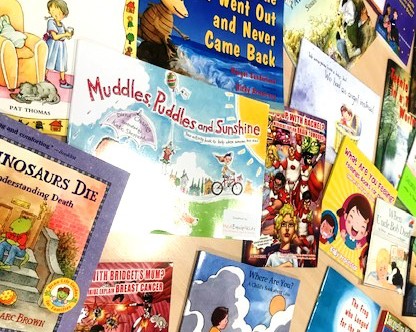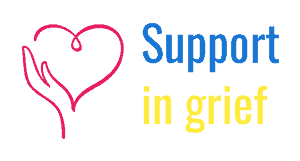Memory work
Memory box/jar, cards, journal, scrap books
A child might want to make a special box to keep their precious mementos together e.g. photos, letters, jewelry, clothing, in fact anything that reminds them of the person who has died. A memory jar contains 5 special memories to keep on show as a positive reminder of their special relationship.
A memory box/book could be started pre bereavement helping the terminally ill family member and child talk together about special memories and plan special times together to add to their box.
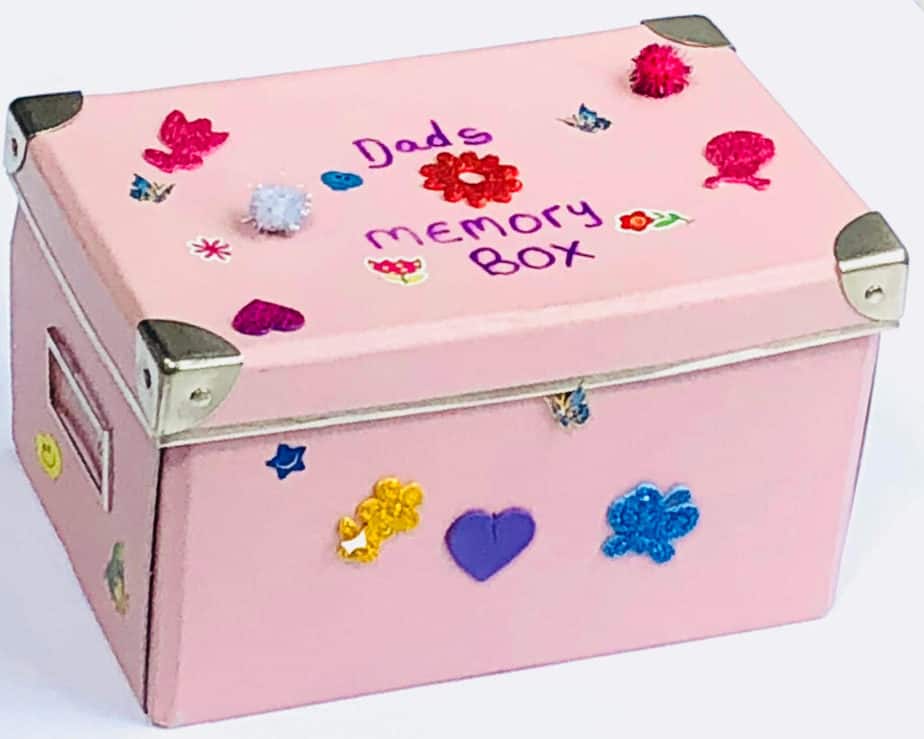
Relaxation techniques
Breathing and releasing, mindfulness, giggle spray, meditation, special apps.
Grief is perhaps the most intense form of stress for everyone, muscle tension is a sign your body is preparing for battle known as fight or flight, but the reality is there is nothing we need to fight other than our own stress. When trying to relax, the body not only stops the stress it can reverse the physical illnesses, eg. Fatigue, nausea, shortness of breath and a tight sensation in the throat and chest, headaches and stomach aches. Relaxation will not change the reality of the loss, but it can reduce your physical suffering and help with the sleep deprivation.
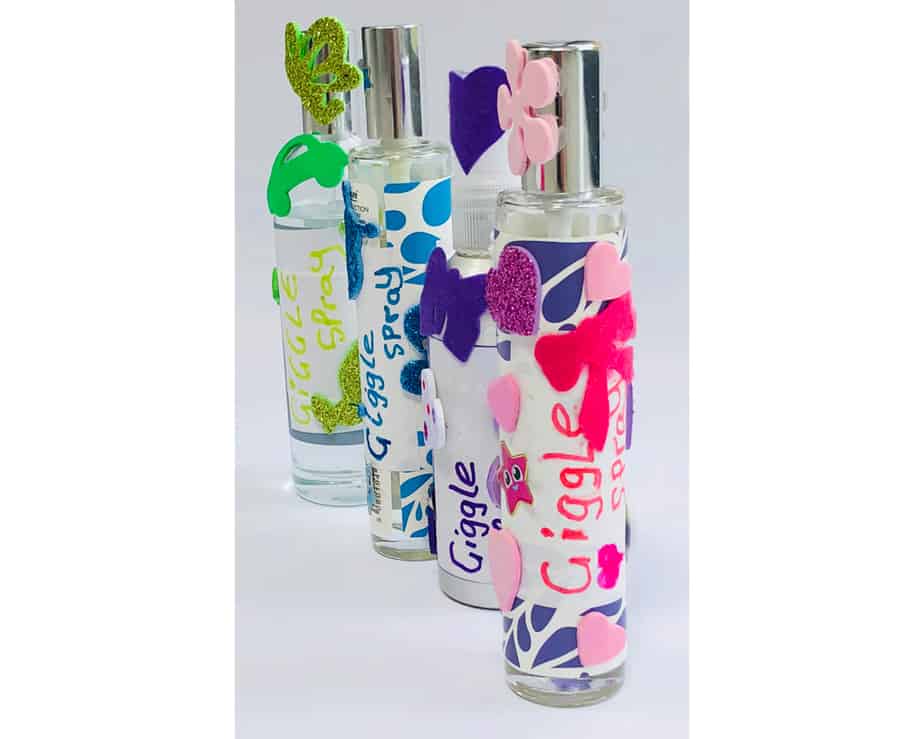
Therapeutic Creative Activities
Body and feelings exercise
Children have a limited ability to put feelings, thoughts and memories into words and tend to “act out” with behaviours rather than express themselves verbally. Working creatively helps children express themselves and their feelings.
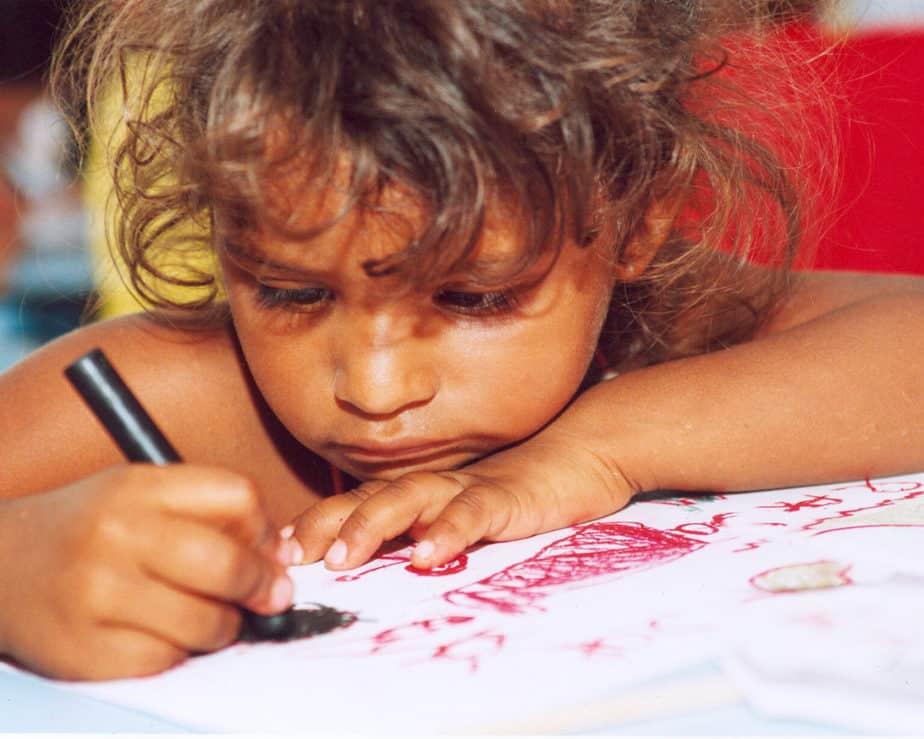
Self Care work
Emotional First Aid kit
Explore and develop self-awareness, to enable the ability to make sense of your grief. To put strategies in place is reassuring and empowering. Utilizing your own resources helps to gain some control in your life in an out of control situation.
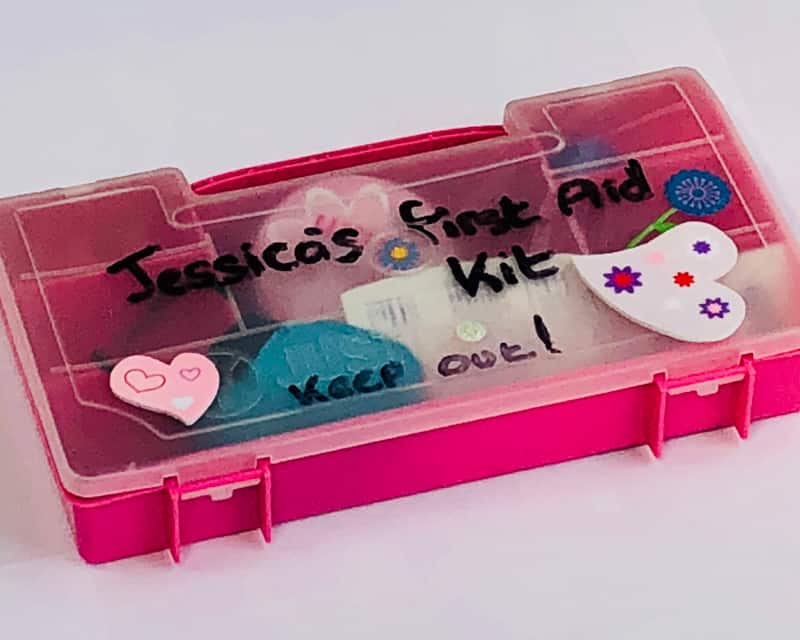
Games
Memory pairing games
To aid understanding of grief and to help explore feelings and thoughts especially for the younger children.
In a family session, games help the practitioner to observe the dynamics, following a bereavement the family go through a process of re organisation. Also games provide a safe invitation for every family member to participate and build up confidence to voice their concerns.
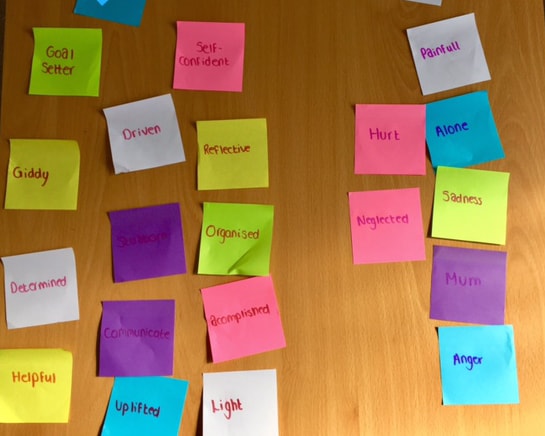
Introduction to the grieving process and models of grief
Passive – 5 stage model of grief
Whirlpool of grief
To gain an understanding of the theories of loss and grief in relation to children, young adults and as a family.
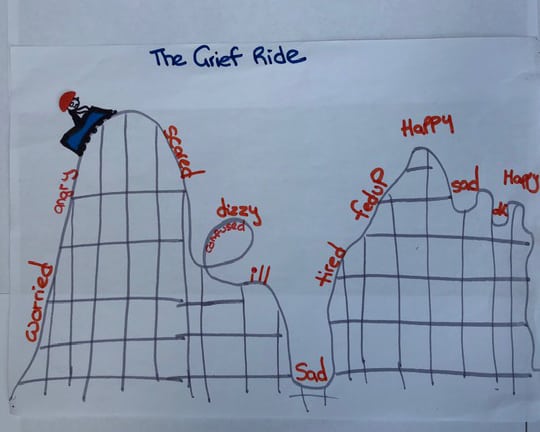
Self Esteem Work
Self esteem journal
A common experience of children/young person/family share is loss of self esteem. The death of a loved one can bring on a sense of powerlessness and feel out of control. It can generate a sense of fear for the future, of disease, or even death. There may be a feeling of insecurity because of life changing so drastically after a loss. Uncertainty for the future may cause a feeling of vulnerability.

Further reading
Death and loss are part of life. As parents, we often struggle to support our children through their grief. Knowing that reading and discussing the age appropriate books on grief and loss can help.
